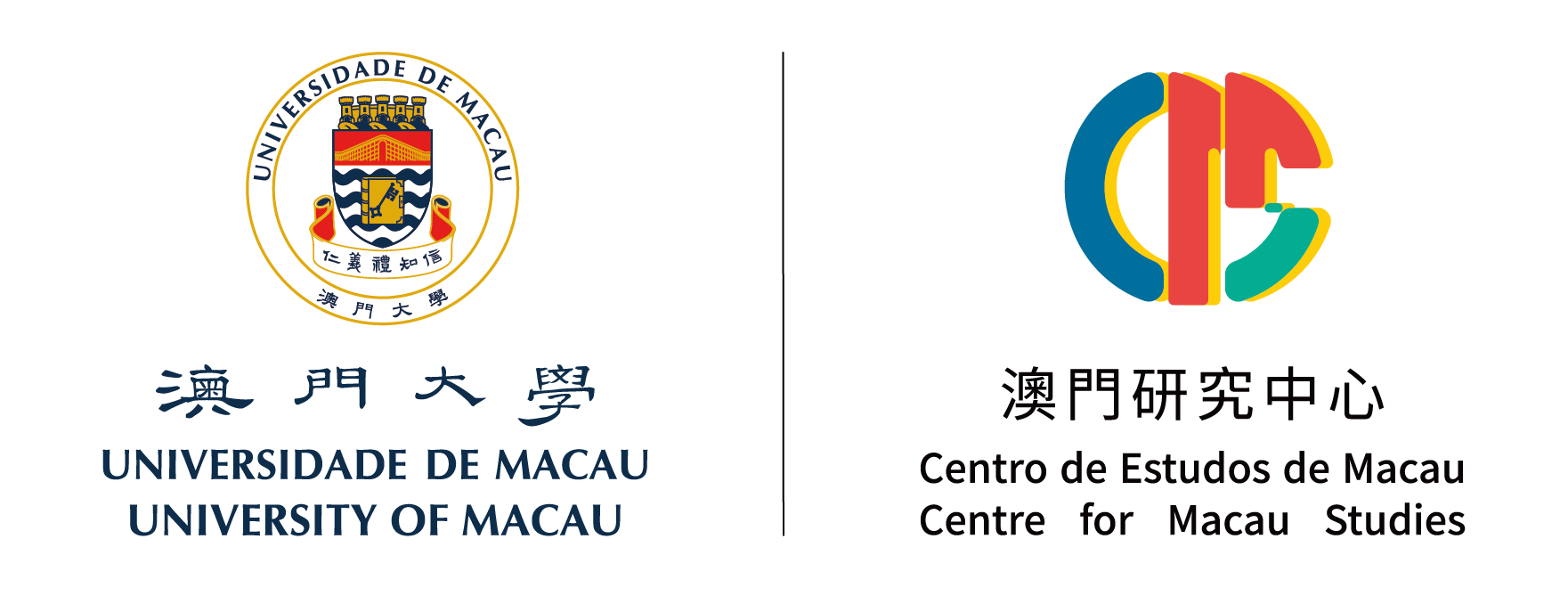
| 標題 Title |
清代中後期來華西方人的海幢寺印象與宗教文化觀念 Impressions of Hai-chwang-sze and Religious Cultural Ideas of Westerners in China in the Middle and Late Qing Dynasty |
|---|---|
| 作者 Author |
張龍平 ZHANG Longping |
| 摘要 Abstract |
廣州海幢寺始建於明末,自清初全面擴建後,恰逢中西貿易興起。為防範“外夷”,海幢寺成為外國商人閒遊之地。因參與接待清中後期的商人、使臣而在西方世界聲名鵲起,海幢寺吸引更多西方人慕名而來。通過西方商人、外交官、傳教士、畫家等群體對海幢寺的書寫,塑造了海幢寺在西方世界的複雜多元形象,成為瞭解中國的窗口。但出於自身固有之宗教認同,西方人對於海幢寺的宗教景觀、宗教儀式、宗教信仰、宗教思想存在偏見之處,這種偏見影響到了中西交往,卻為開啟在華傳教營造輿論基礎。
Hai-chwang-sze was built in Guangzhou in the late Ming Dynasty. After its full expansion in the early Qing Dynasty, it coincided with the rise of Sino-Western trade. To prevent the “foreigners”, Hai-chwang-sze became a place of touring for foreign businessmen. Hai-chwang-sze rose to fame in Western countries and attracted more Westerners to come to the fore for its reception of merchants and envoys in the middle and late Qing Dynasty. The description of Hai-chwang-sze by Western merchants, diplomats, missionaries, painters and other groups has shaped complex and diverse image of Hai-chwang-sze in Western countries, making it a window for them to understand China. However, due to their inherent religious identity, westerners hold prejudice against the religious landscape, rituals, beliefs, and thoughts of Hai-chwang-sze. The prejudice did affect the exchanges between China and Western countries, but meanwhile provided a theoretical basis for starting missionary work in China. |
| 關鍵詞 Keywords |
海幢寺,西方人,宗教文化,一口通商 Hai-chwang-sze, Westerners, Religious culture, One-stop trade |
| 下載 Download |
Links |

